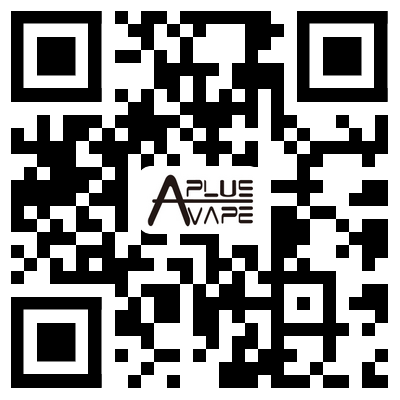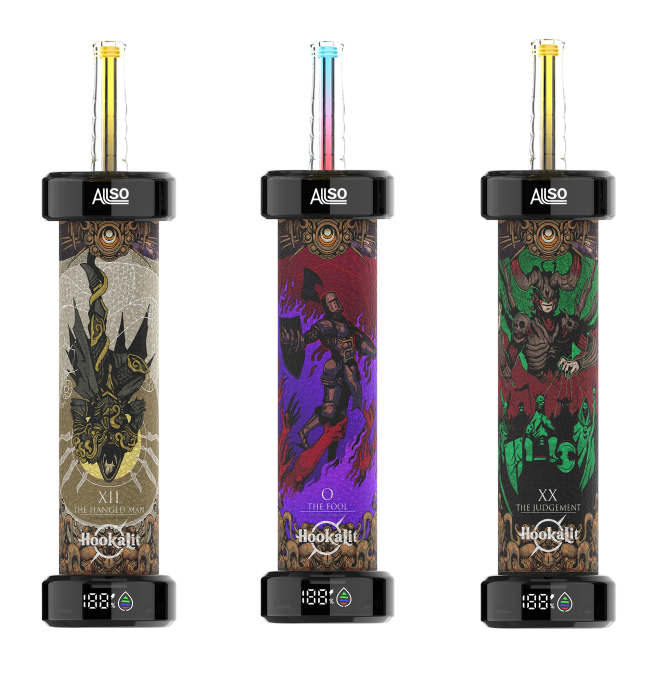What are the EPR Directives in the EU
2023-08-07
Extended Producer Responsibility (EPR) is an environmental policy approach that shifts the responsibility of a product’s lifecycle to the producer, including design, take-back, recycling, and final disposal. While variations of EPR now have a worldwide presence, the European Union (EU) was the first to introduce and implement the legislative tool. Continue reading to learn more about EPR legislation in the EU.
Extended Producer Responsibility in the EU
Like other areas of the world with EPR legislation, the EU requires producers to undergo a compliance process. This process includes registering as a producer, following product or packaging design and labeling requirements, reporting on the amount of product or packaging placed on the market, achieving recycling targets, and funding the recycling and/or recovery at end of life.
Although any product can fall within the scope of EPR legislation, legislators have identified three core product categories due to the volume and toxicity of their waste streams: packaging, electrical and electronic equipment, and batteries. For simplicity, this blog will focus on those three core product categories and their corresponding directives, which include:
· The EU Packaging and Packaging Waste Directive
· The EU Waste from Electrical and Electronic Equipment (WEEE) Directive
· The EU Battery Directive
Packaging and Packaging Waste Directive
The EU Packaging and Packaging Waste Directive addresses the increasing quantities of packaging waste and its impact on the environment by regulating types of packaging in the EU market, as well as packaging waste management and prevention measures.
Packaging is defined as the containment, protection, handling, delivery, or presentation of goods, so many items fall under this category. Packaging waste is typically placed into three categories for reporting purposes:
· Sales/Primary Packaging – Packaging that directly surrounds the product and is received by the consumer at the point of purchase
· Group/Secondary Packaging – Packaging that groups sales units together
· Transport/Tertiary Packaging – Packaging used for the transportation of goods
A producer may only use one level of packaging, a variation of the three levels, or all three.
The main categories for packaging waste are based on material type. Some examples include:
· Plastic
· Paper/cardboard
· Wood
· Aluminum
· Ferrous metals (e.g., steel)
· Glass
The Proposed EU Packaging Regulation
The European Commission (EC) released a draft proposal in late 2022 to repeal and replace the EU Packaging Waste Directive. The draft proposal, named the EU Packaging Regulation, contains notable changes to the existing Packaging Directive and is expected to take effect in late 2024.
EU WEEE Directive
The EU Waste from Electrical and Electronic Equipment (WEEE) Directive intends to contribute to sustainable production and consumption efforts by addressing the environmental issues caused by discarded electronics. This involves improving the collection, treatment, and recycling of electrical and electronic equipment at end of life.
WEEE is broadly defined as waste from battery- or electric-powered products. The most common categories for WEEE reporting are:
· Temperature exchange equipment, such as refrigerators, freezers, and air conditioning units
· Screens, monitors, and equipment containing screens, with a surface area greater than 100cm², such as TVs, computer monitors, and laptops
· Lamps, such as fluorescent lamps and high-intensity discharge lamps
· Small equipment (no external dimension more than 50cm), such as toasters, vacuum cleaners, and smoke detectors
· Large equipment (any external dimension more than 50cm), such as washing machines, dishwashers, and gym equipment
· Small IT and telecommunication equipment (no external dimension more than 50cm), such as mobile phones, GPS devices, and routers
Under the EU WEEE Directive, a specific label must be displayed on any electrical or electronic equipment sold within the EU market. The label must include the following elements:
· A crossed-out wheeled bin symbol
· Either a black bar underneath the crossed-out disposal receptacle or a date specifying when the product was placed on the market
· An identification mark, such as a brand logo or trademark
EU Battery Directive
The EU Battery Directive aims to make batteries sustainable throughout their life cycle, including sourcing, collection, recycling, and repurposing.
Batteries (and accumulators) are categorized into three areas for reporting purposes:
· Portable – Batteries that are sealed and can be carried by hand
· Industrial – Batteries designed exclusively for industrial or professional use or use in any type of electric vehicle
· Automotive – Batteries used for automotive starters, ignition power, or lighting
Various battery features can be considered by authorities when implementing reporting categories, such as chemical composition, weight, and whether the battery is single-use or rechargeable.
Manage EPR Compliance with Source Intelligence
Managing EPR compliance in the EU can be challenging and resource-intensive—even more so if your company is considered a producer in multiple countries across the EU and beyond. Having access to the right tools, along with regulatory expertise, is essential to ensure compliance.























































